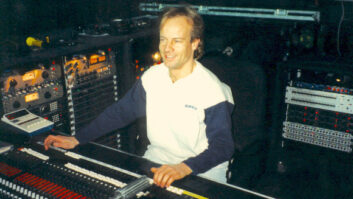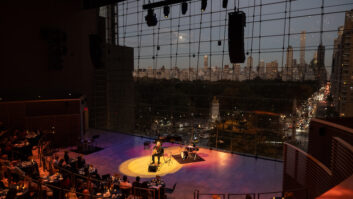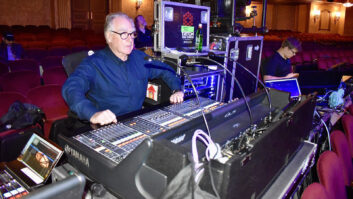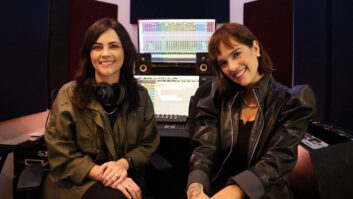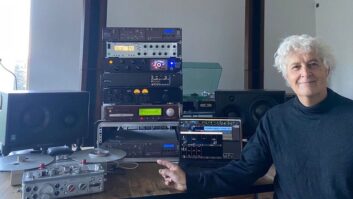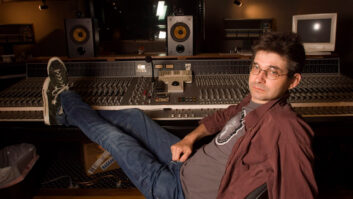
New York, NY (May 10, 2024)—Johnathan Smith, FOH engineer with the Jazz at Lincoln Center Orchestra, has adopted Sanken CU-55 mics to mic-up the trumpets at the venue and on tour.
With the world-renowned Jazz at Lincoln Center Orchestra with Wynton Marsalis and guest artists spanning genres and generations, Jazz at Lincoln Center produces thousands of performance, education and broadcast events each season in its home, Frederick P. Rose Hall. Wynton Marsalis is the managing and artistic director of Jazz at Lincoln Center.
“I’ve started using the CU-55s as my trumpet microphones and they work beautifully,” Smith says. “The off-axis response is so smooth that when Wynton or any of the other trumpet players play a bit off-axis, it still sounds amazing. We have four trumpets with four CU-55 mics, including the one for Wynton. The sound is very good when the brass comes through big hall sound systems, which is where we perform most of the time.”
Jazz at Lincoln Center Updates with Nadia
Jazz at Lincoln Center produces performances by the orchestra and by visiting musicians and many concerts are streamed live on the Jazz Live app. The organization also produces educational programs in person at Frederick P. Rose Hall, online, and in schools throughout the world.
Smith continues, “The CU-55 has a very natural warmth at the low end, so it helps capture the natural body of the instrument. I also use them on piano a lot because it’s so rich sounding; all the Sanken mics that I’ve used have a very natural sound. With piano, because of where the drums are, the 55’s not only have the smooth off-axis response, but behind the capsule, it’s almost a 10 dB drop.
“I get much less drum bleed in the piano mics than any other microphones I’ve used. I like to put them across the strings, one on the high side, and one on the low side and actually flip them upside down so that the capsule is closer to the strings than the body. It just helps mitigate that drum bleed. And that way the back of the mic is pointing at the cymbals, which are at the tail end of the piano.”
